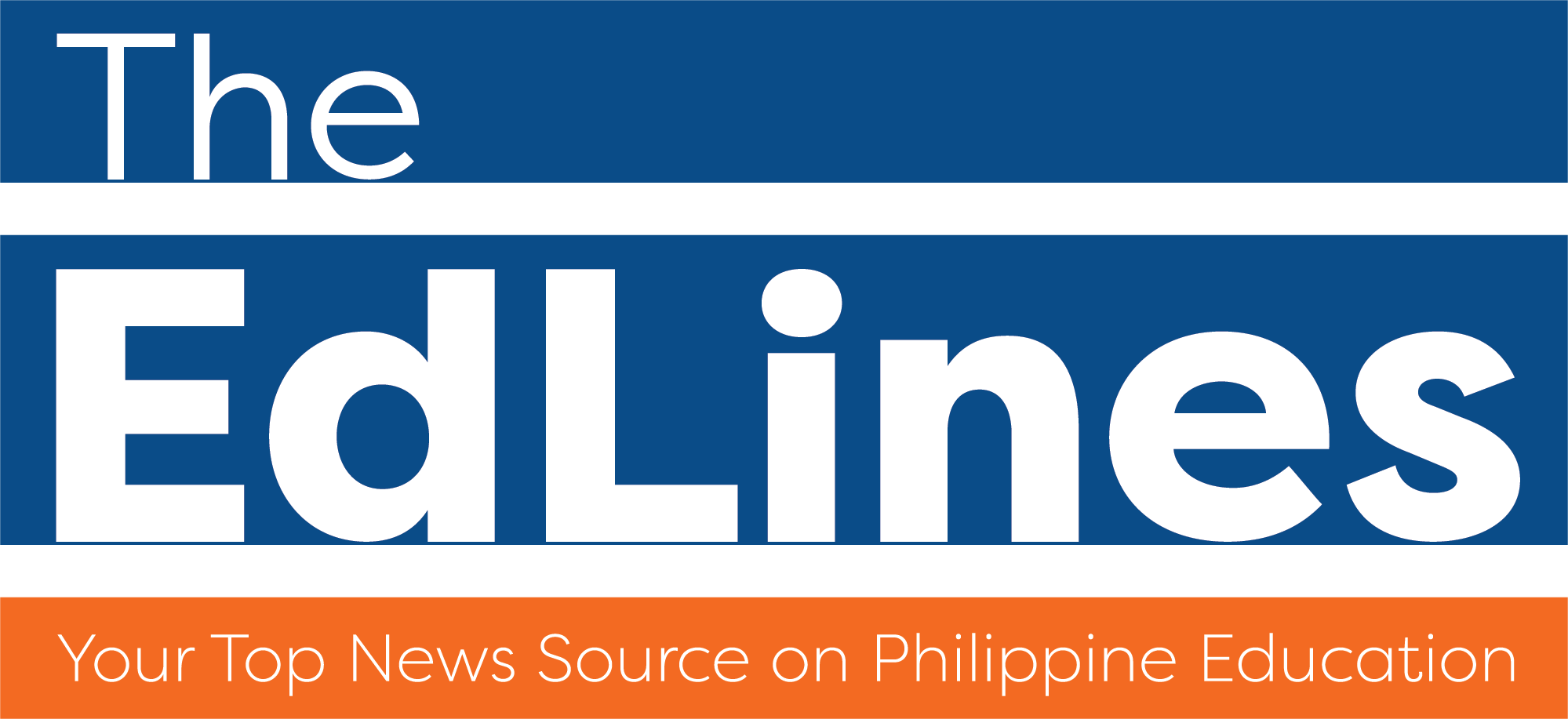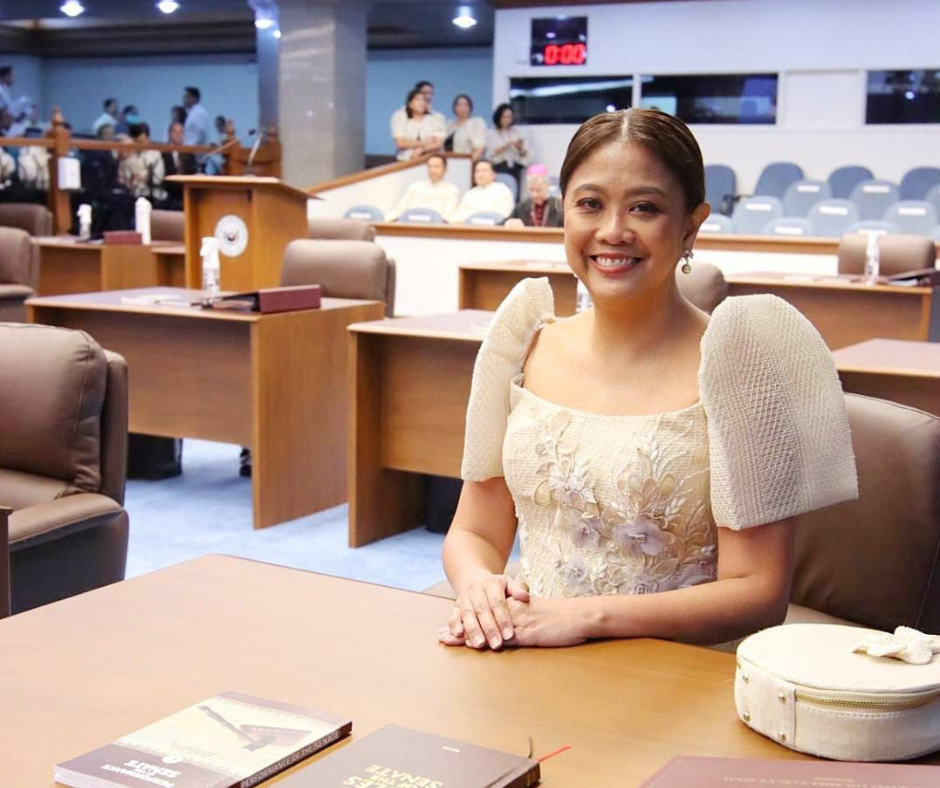
About 1,500 public school students in Baguio City, from kindergarten to third grade, have undergone eye tests to identify potential vision problems.
This initiative aims to improve academic performance, as studies show a strong link between eyesight issues and educational achievement.
Dr. Lilette Marie Canilao, a medical specialist at the Baguio General Hospital and Medical Center, reported that some students were found to have eye refraction problems.
“This is good study material to see how many children in the Cordillera have poor vision,” she said.
The screening took place on Aug. 9 during the Sight Saving Month celebration, which promotes eye health awareness among children and diabetic patients.
Eye screenings for children began in 2014, but recent data collection marks a significant step forward in understanding the extent of vision issues in the region.
Canilao emphasized the importance of early detection, saying, “this is the time that the eyes are developing. This is the time that you can reverse the condition and can still be corrected.”
The screening team included personnel from various organizations, such as the Department of Social Welfare and Development and the Philippine Society of Ophthalmologists.
They provided free eye examinations and training for public school nurses to help detect vision problems in children.
One student who benefited from the program is a five-year-old girl from Quirino Elementary School, according to Philippine News Agency.
Her grandmother shared that the girl had been reluctant to attend school due to regular headaches.
After attending therapy sessions following her eye examination, the girl has shown improvement and now regularly attends classes.
Canilao urged continued advocacy for eye health to assure that “no children are left behind because of eye problems.”
Research supports the connection between eyesight issues and academic performance, showing that visual impairment can significantly hinder learning.
One study in western China found that junior high students with visual impairments had lower academic performance, while those who wore glasses performed better.
Similarly, a study in Peru involving 655 primary school students found that one in six had age- and grade-related visual disabilities, concluding that unaddressed vision problems significantly impact elementary school performance.


